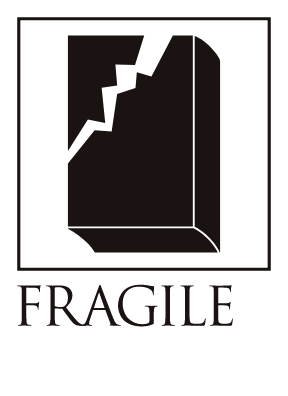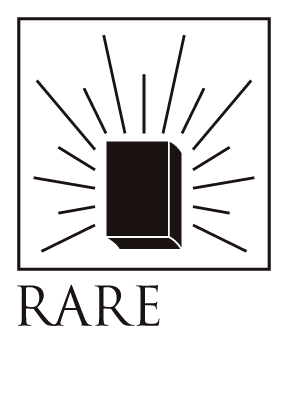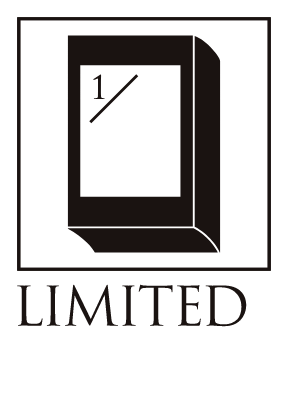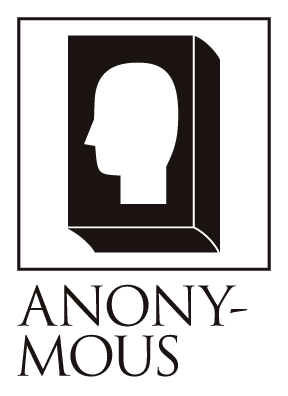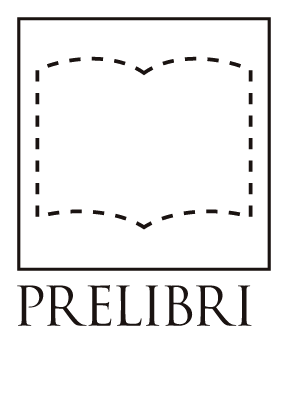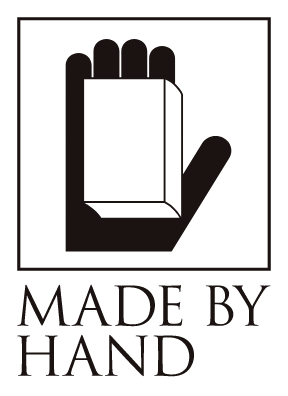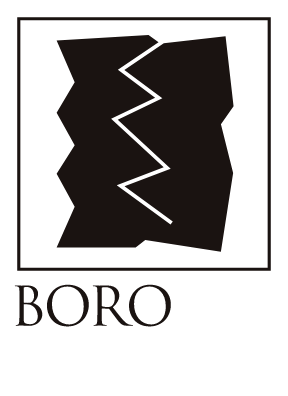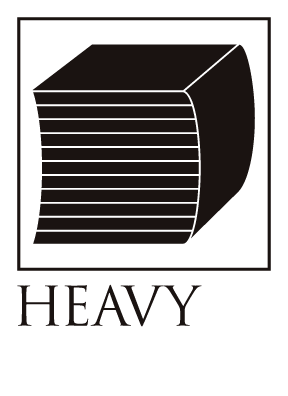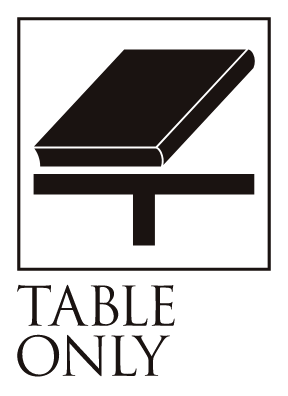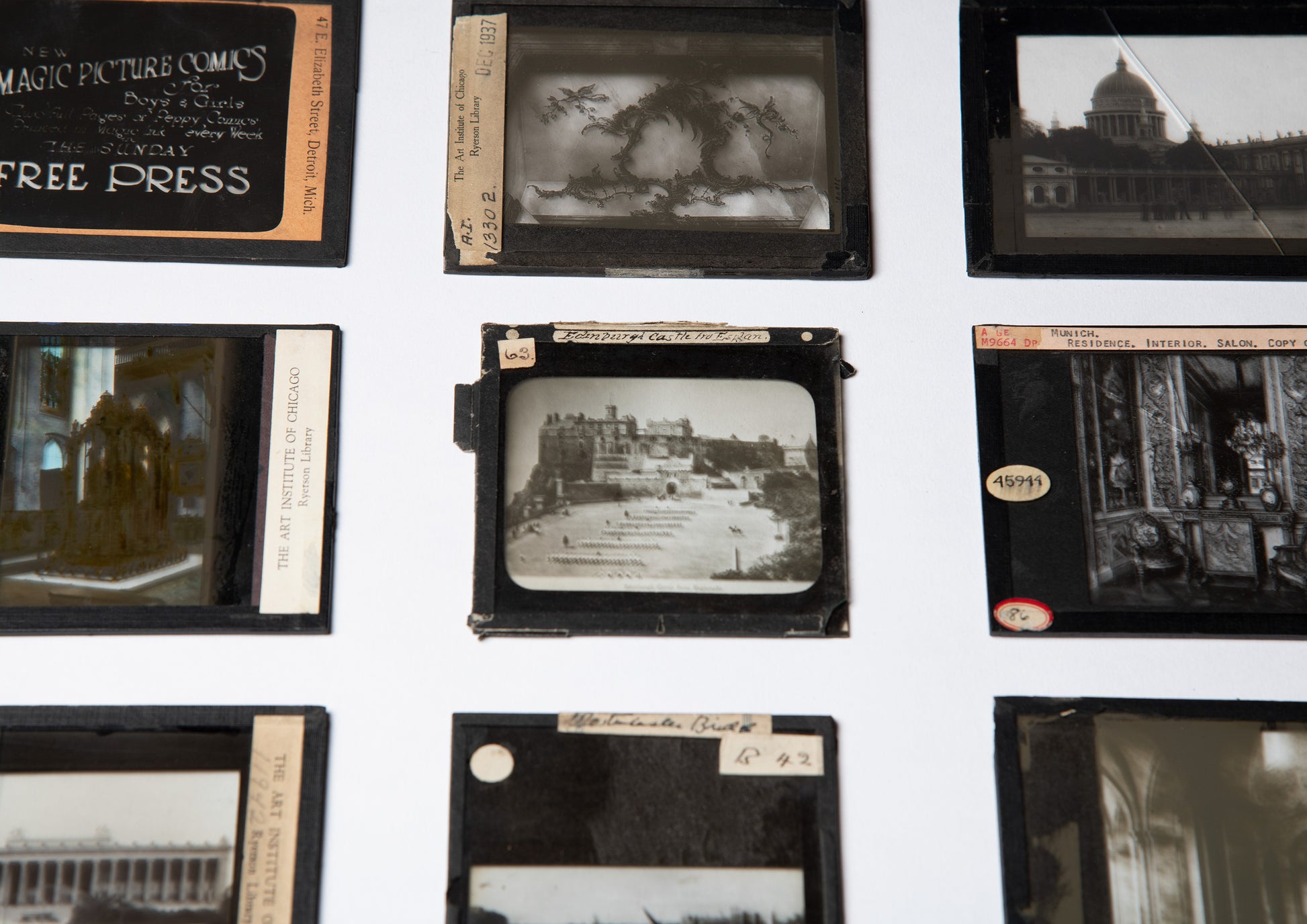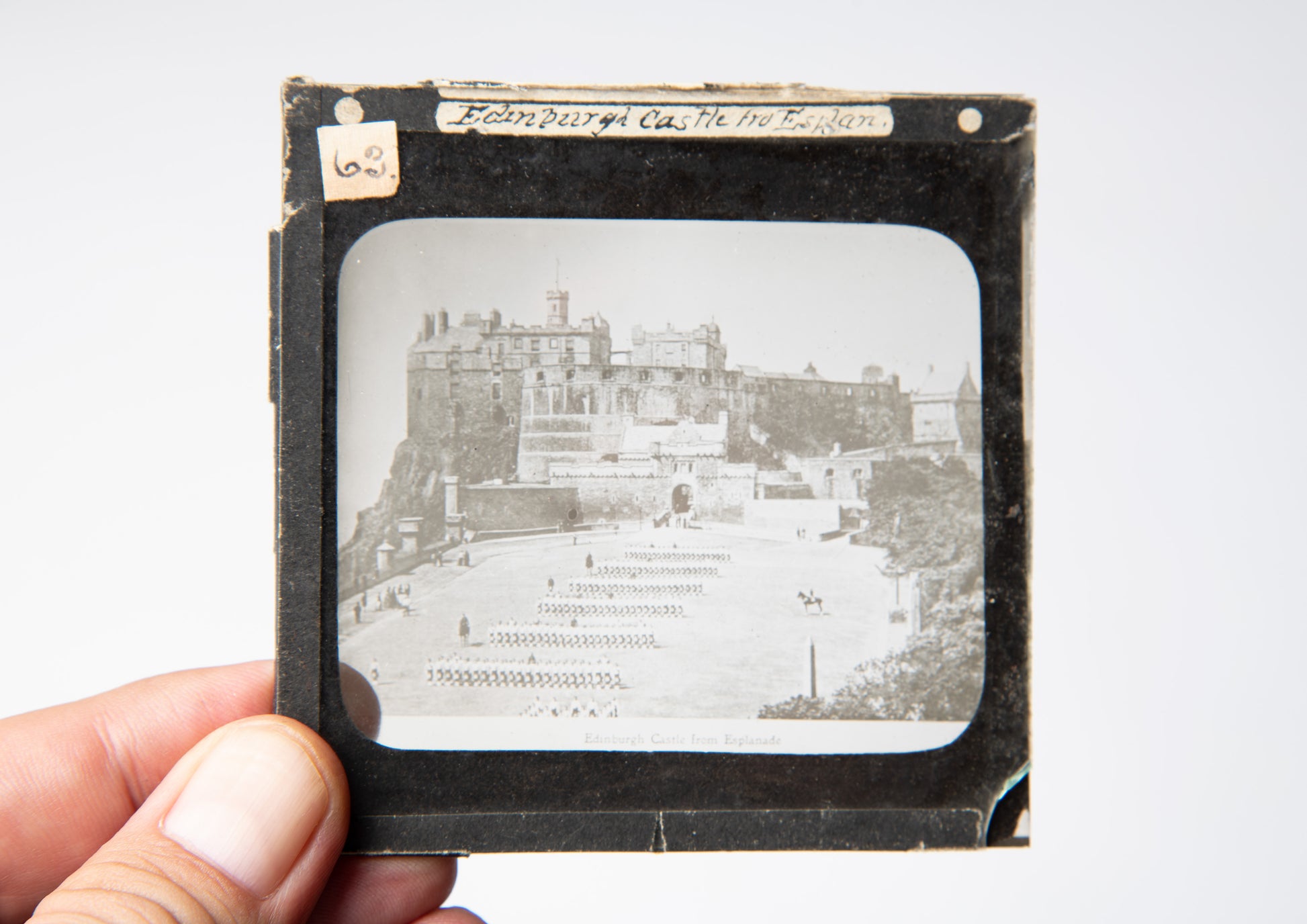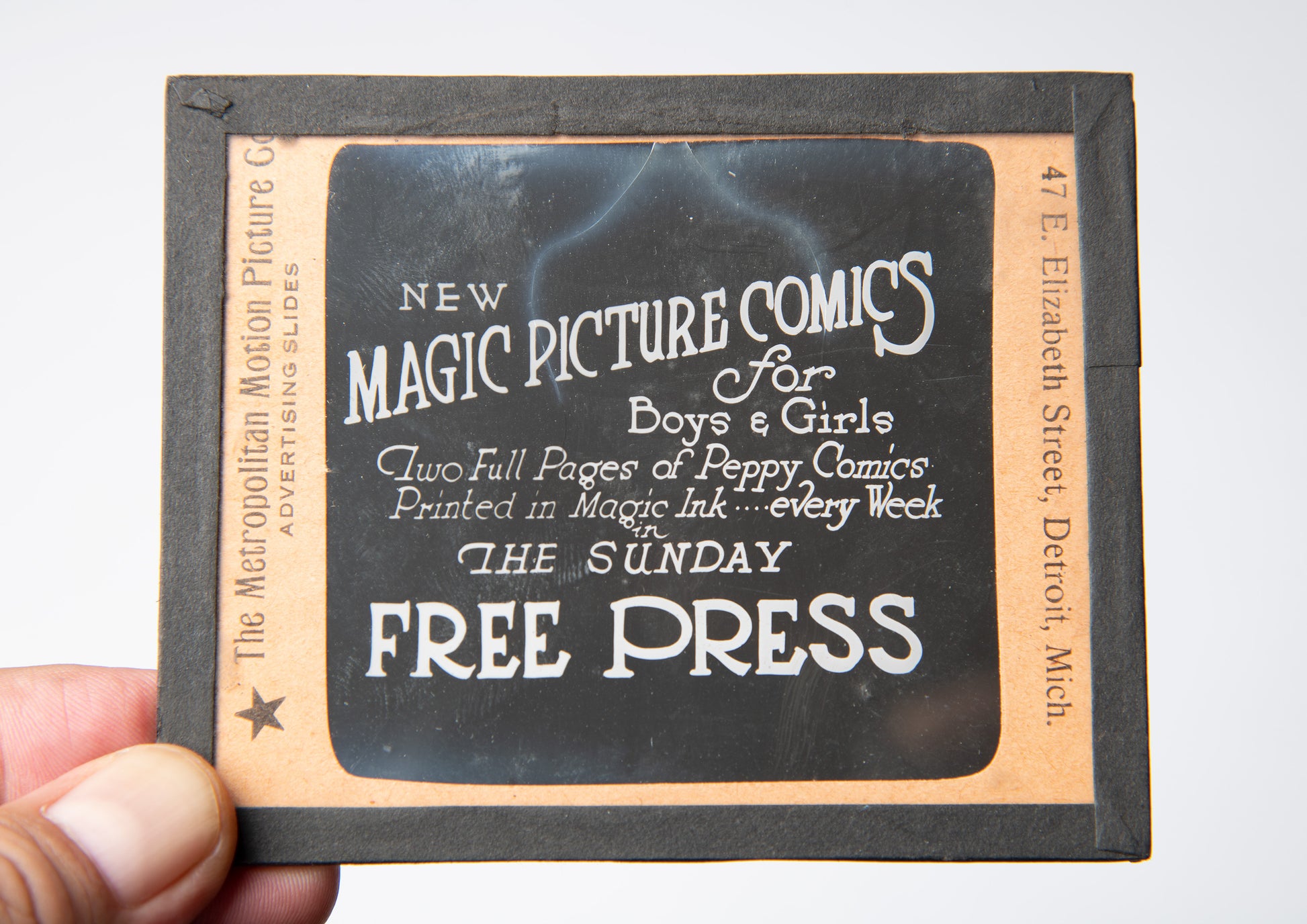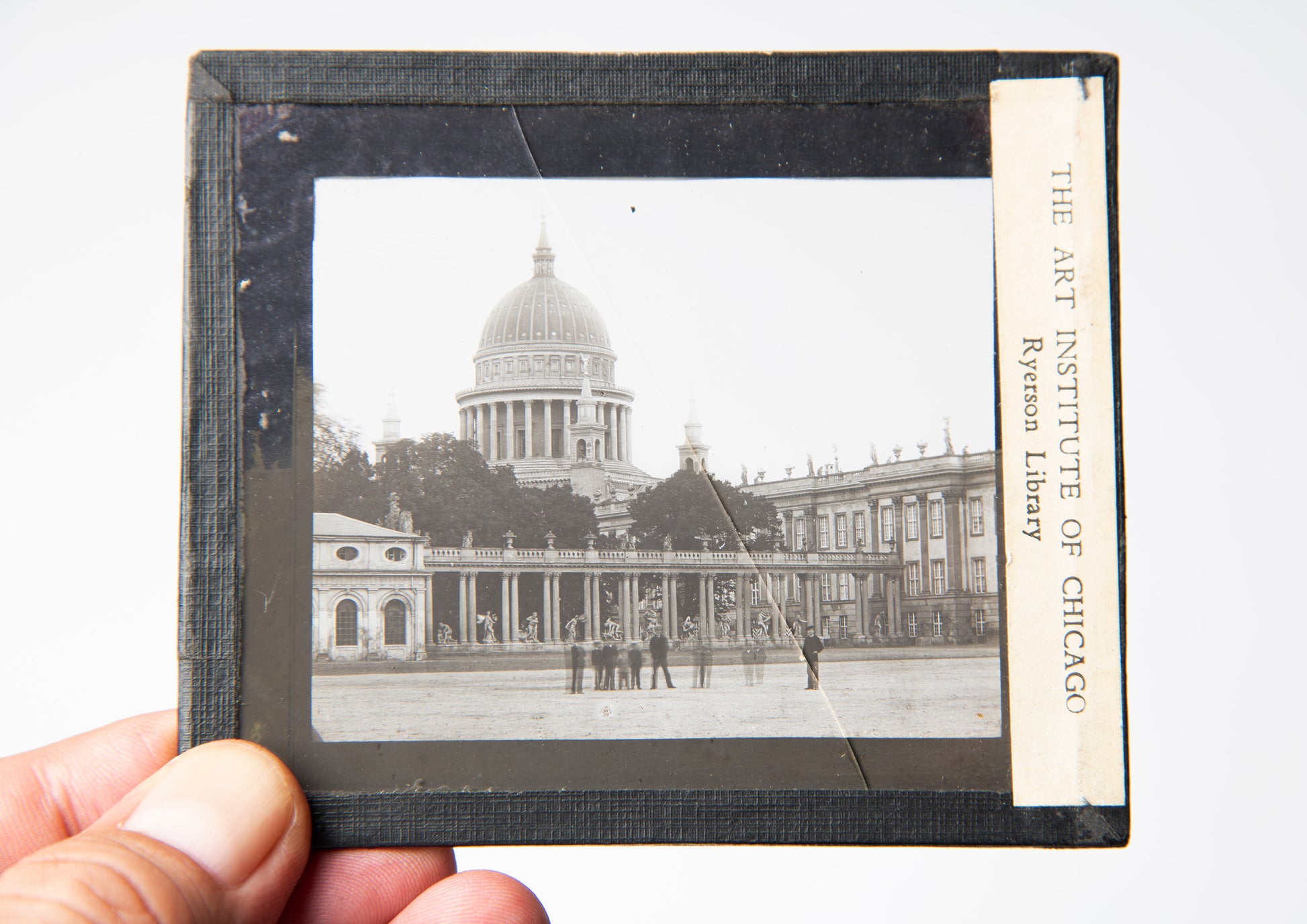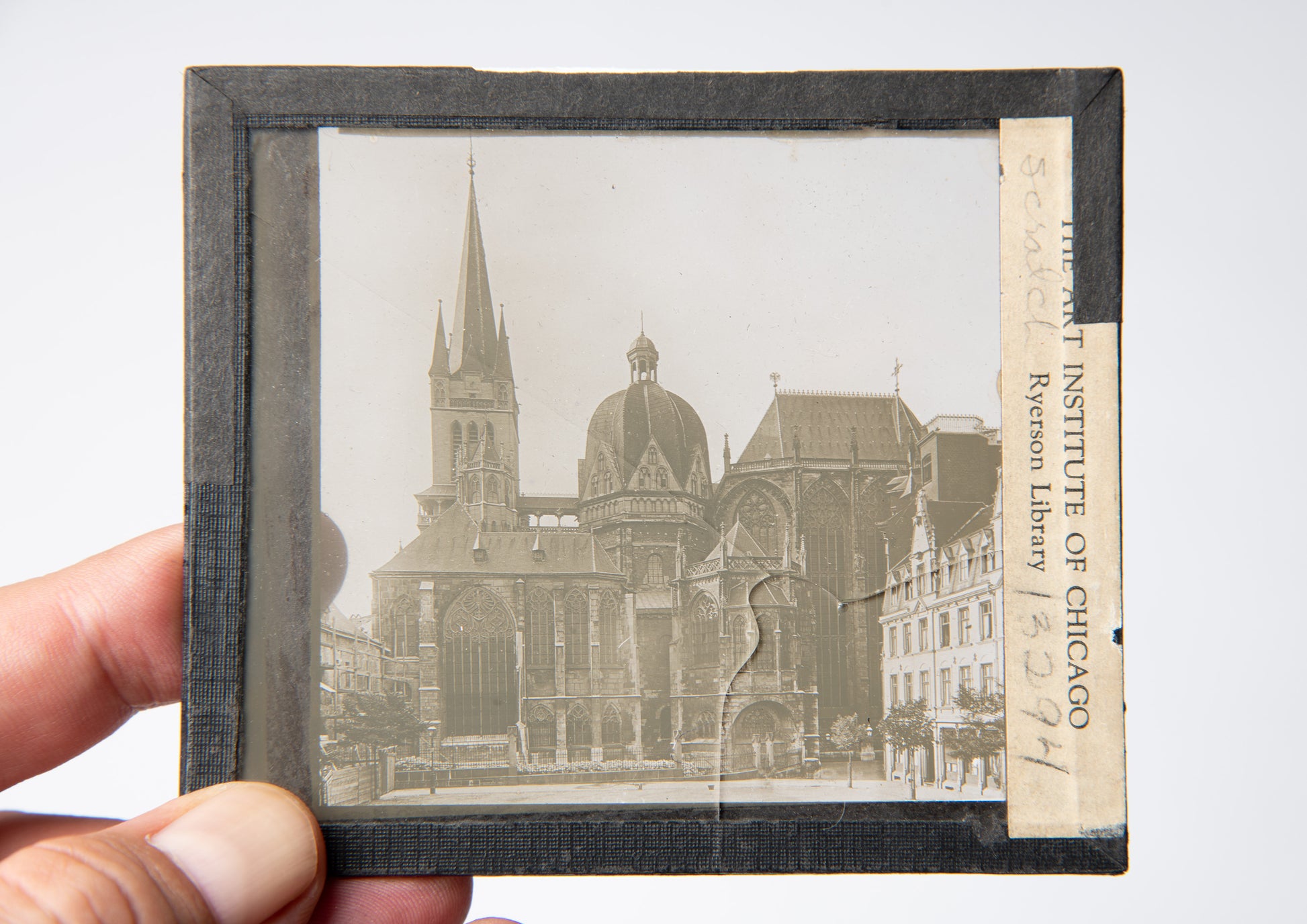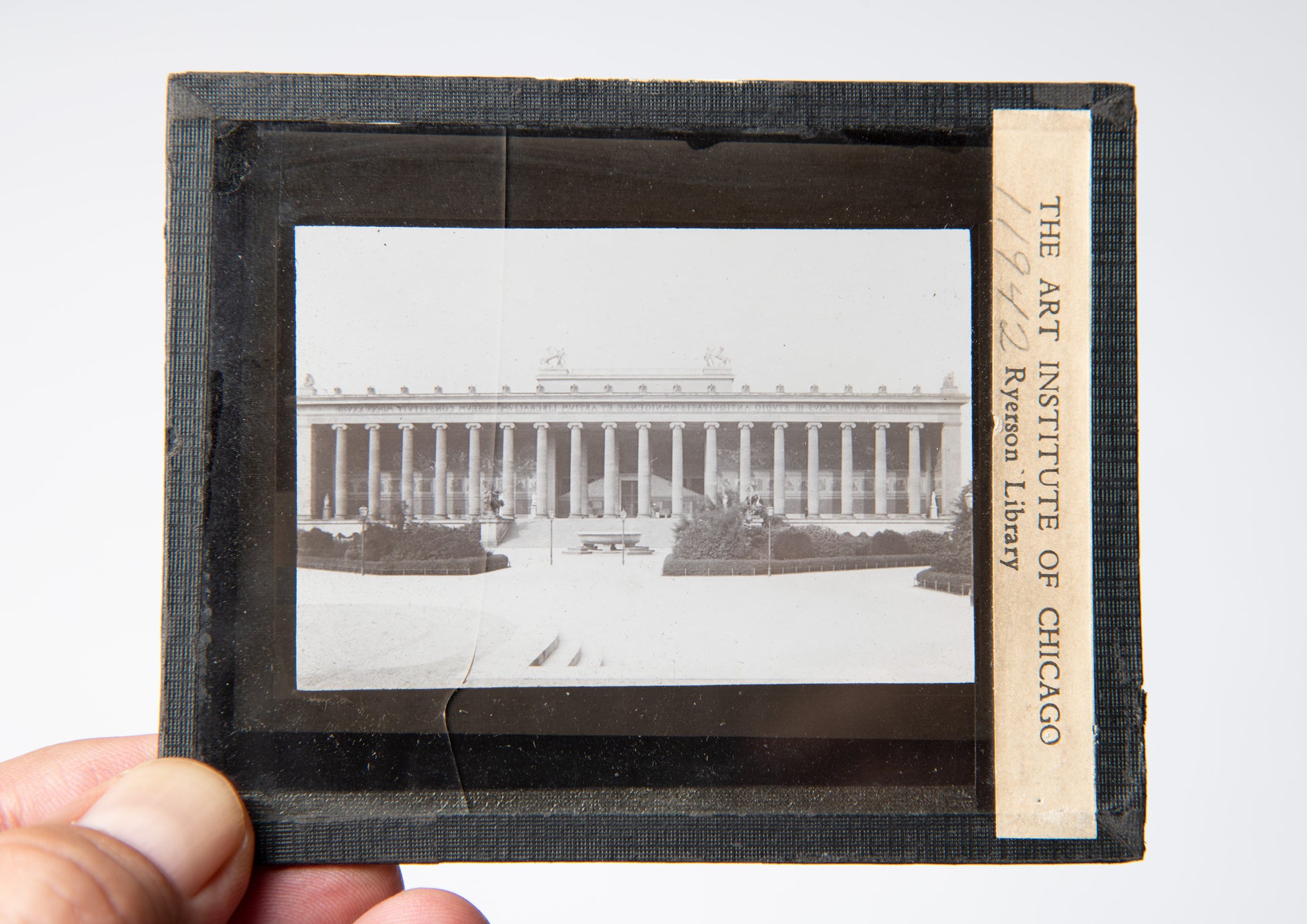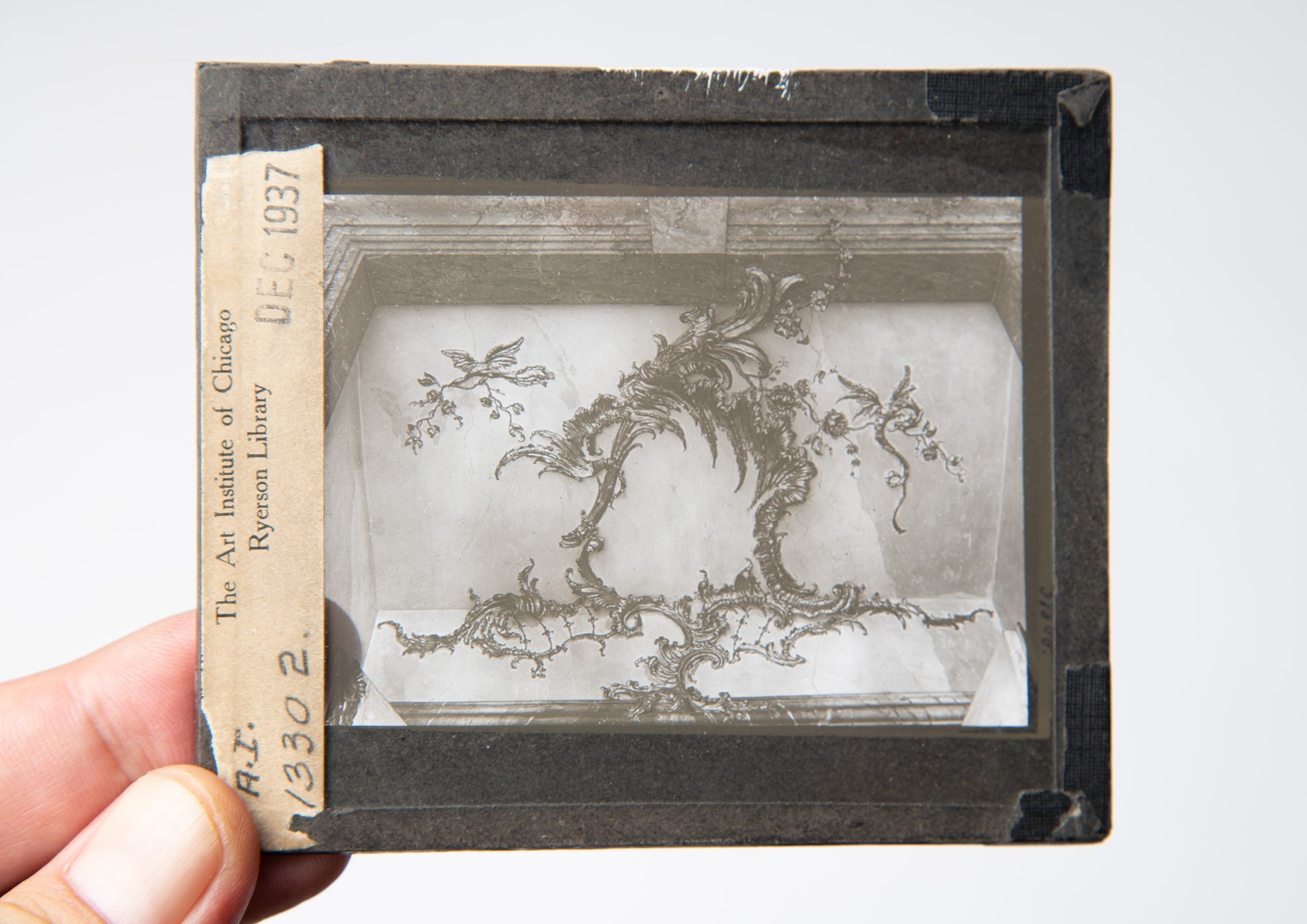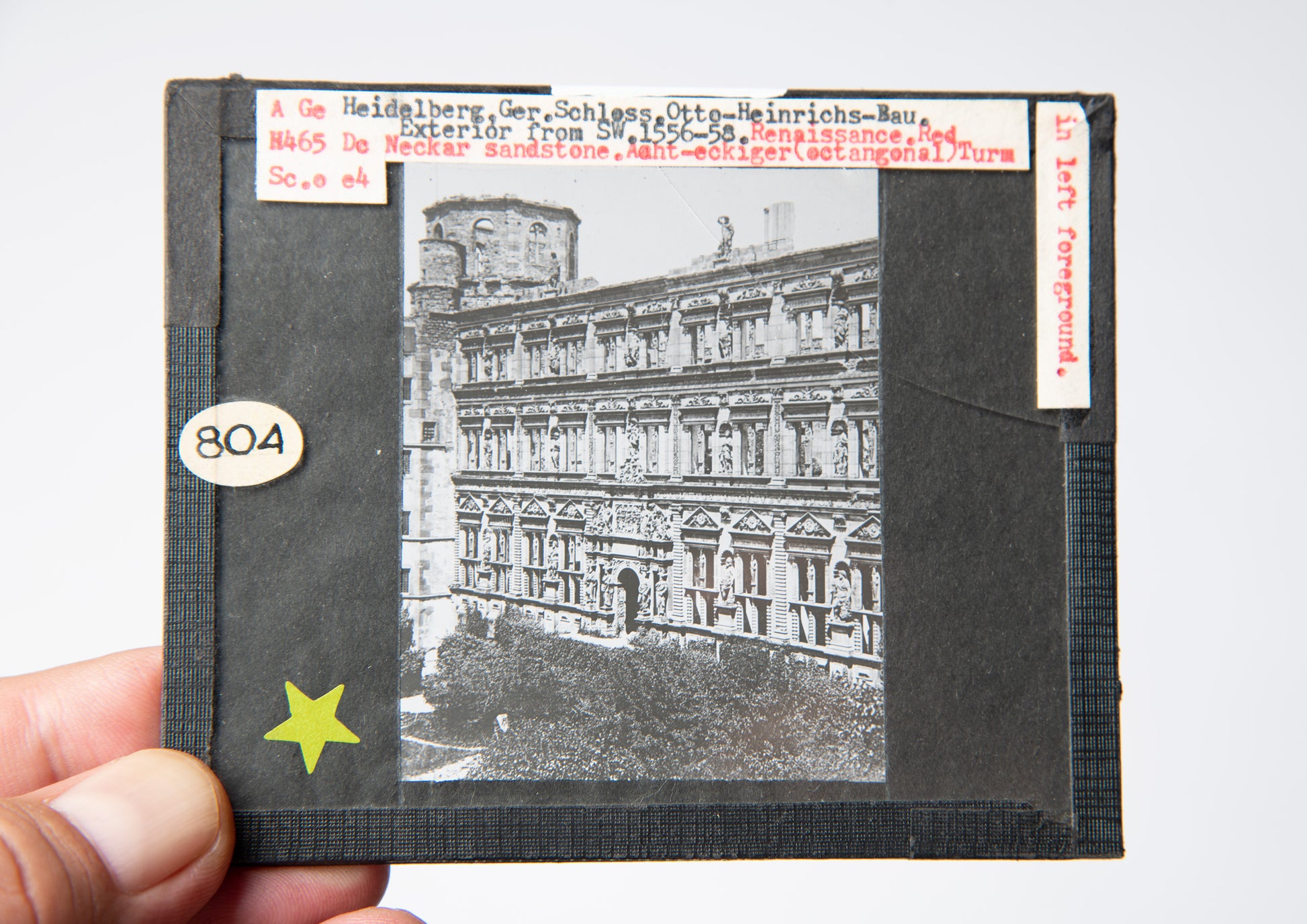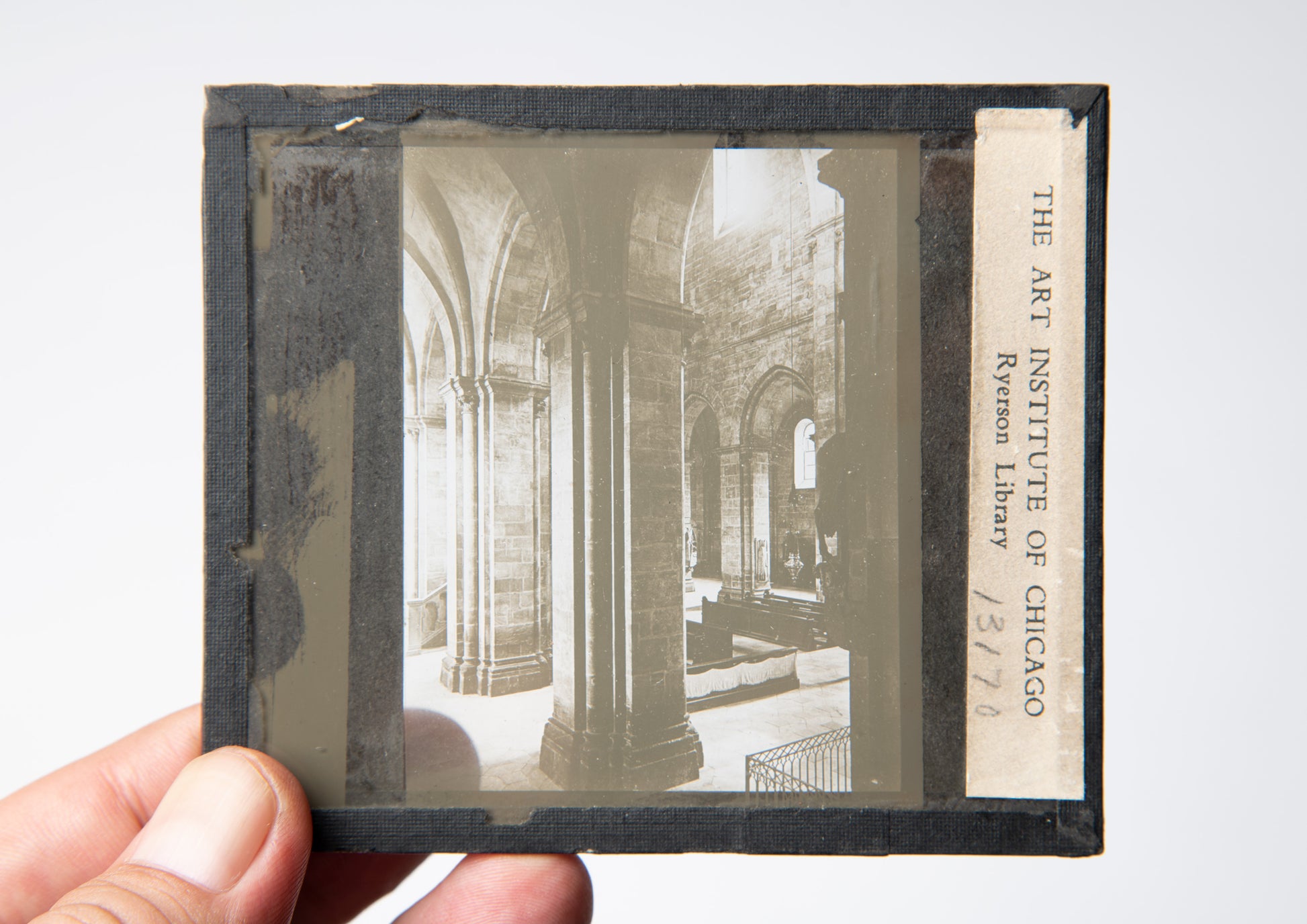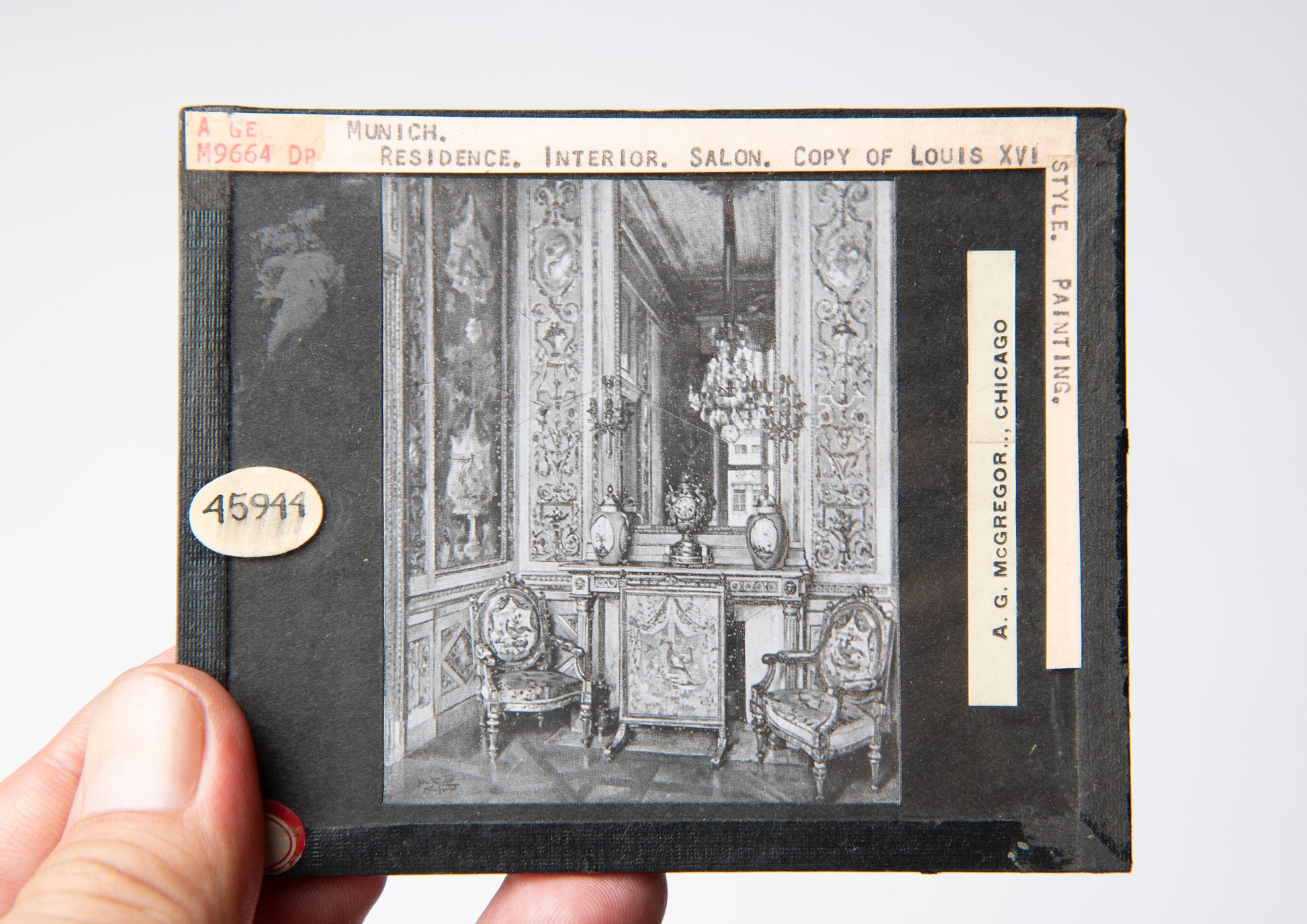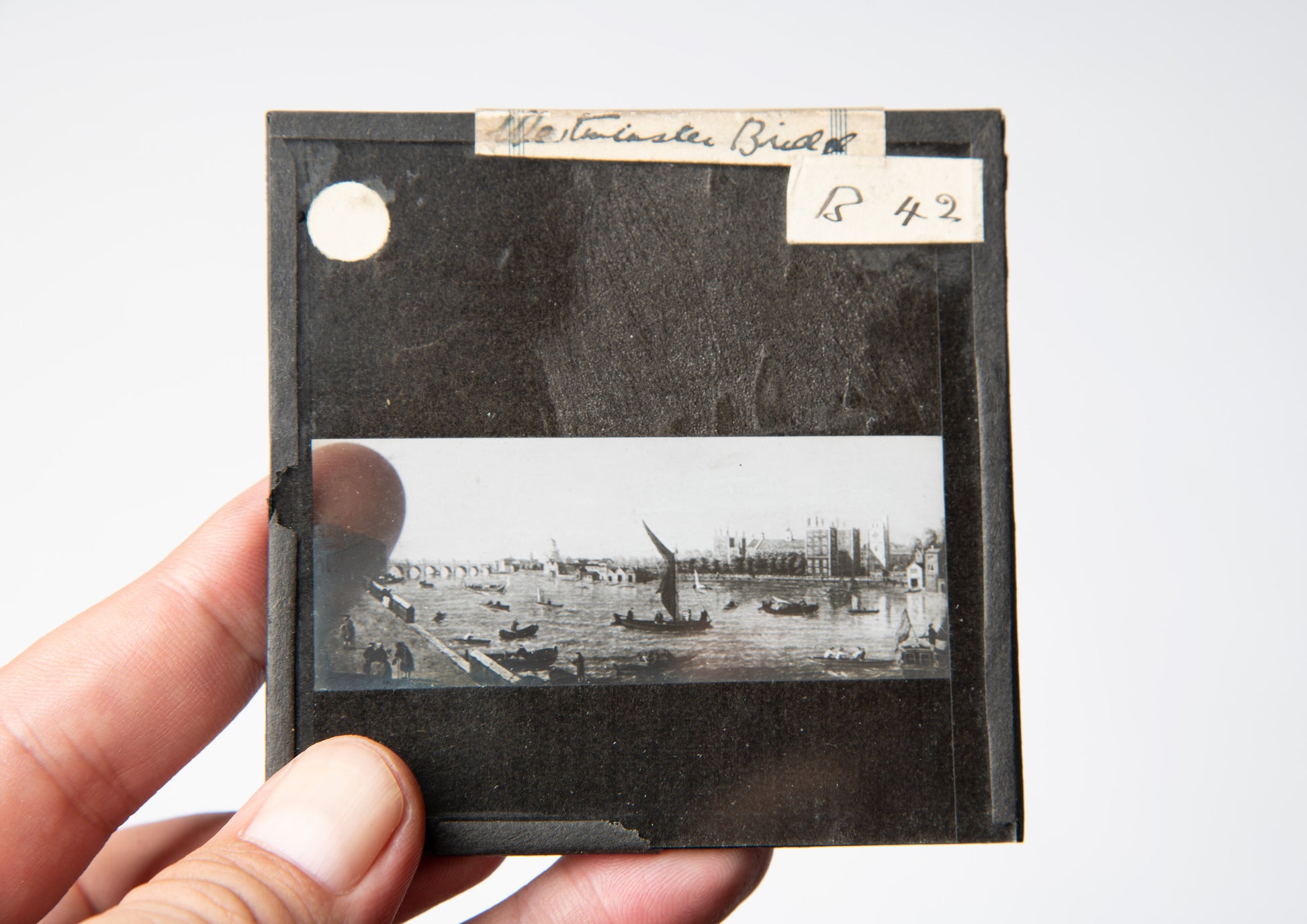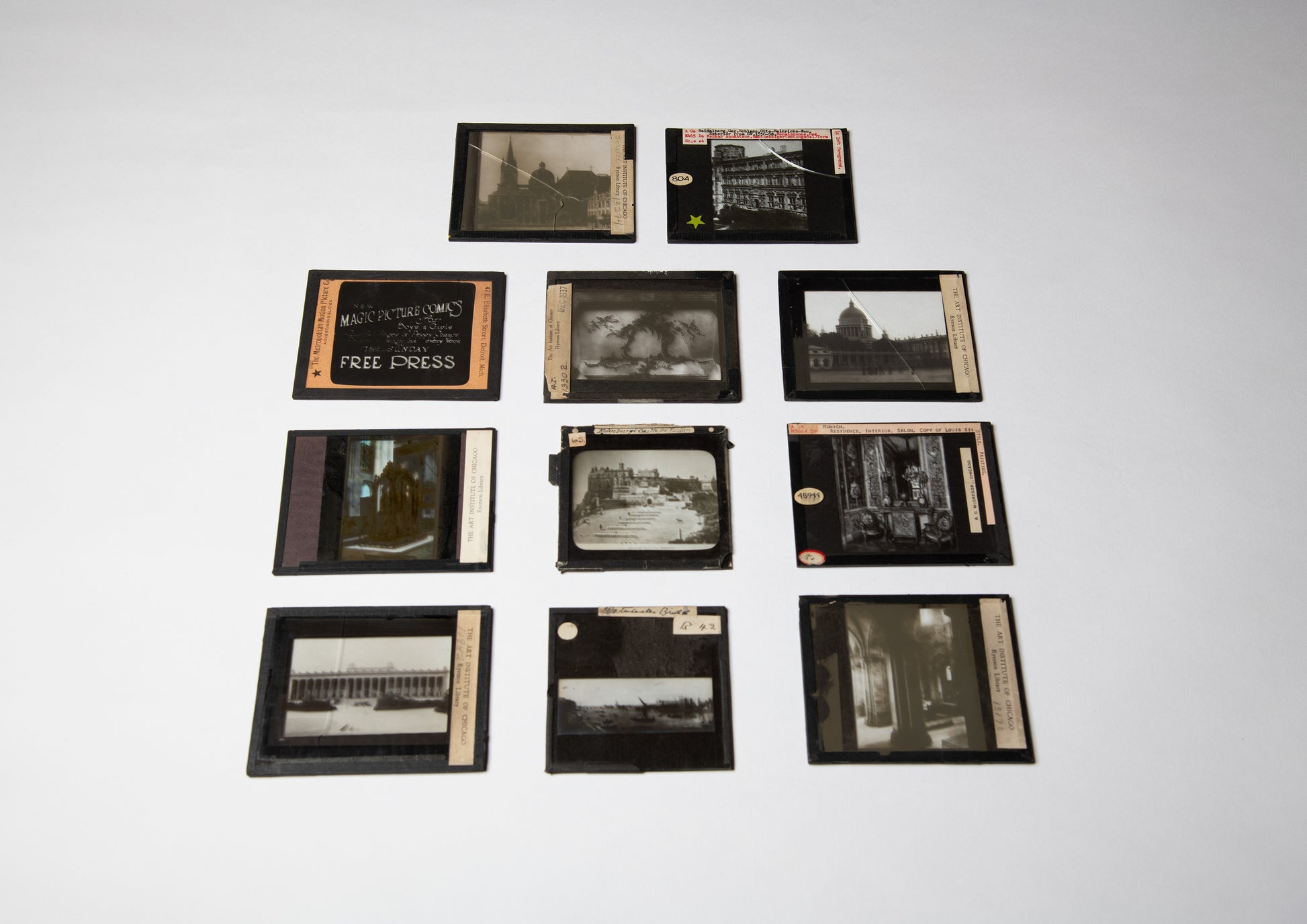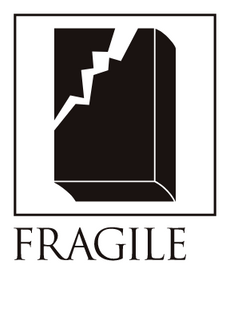Glass film plate
Bibliographic Details
- Title
- glass film plate / ガラス乾板
- Year
- 1930's
- Size
- w82× h82 / w100 × h85
- Weight
- 40g each
- Materials
- glass dry plates / ガラス乾板
- Edition
- Unique / 一点物
- Condition
- Some are Cracked / いくつかにひび割れあり
シカゴ美術館のライヤーソン図書館が旧蔵したガラス乾板など11枚セット。ライヤーソン図書館(現・ライヤーソン & バーナム図書館)は美術と建築に関する膨大な研究コレクションがある / A set of 11 glass dry plates and others from the former collection of the Art Institute of Chicago. The Ryerson Library is the art and architecture research collection of the Art Institute of Chicago.
Reflected in glass
The cracked days
The forgotten art of photography.
Photography, which is physical, such as on film or on paper, is a medium unique to the 20th century, and as it will only become less common in the future, it is one of the items I am always concerned about. Among them, the "glass dry plate" that was used from the Meiji period to the Showa period until film became widespread,A photosensitive photographic emulsion is applied to a colorless, transparent glass plate.Its texture and weight give it a presence that is incomparable to that of film. What is appealing about it is that, while it is heavy, it is far more fragile than subsequent photographic media.
In reality, glass dry plates crack easily with even the slightest impact, but the shapes created by the cracks, as if a design had been superimposed on the subject, give the impression of a narrative quality similar to that of a Gothic novel, although this is a very clichéd analogy.
A cracked landscape, a cracked world, a cracked everyday life... I think the best embodiment of these metaphorical words is a cracked or chipped glass plate.
Text by Masago Sato
<Reference information>
・Glass dry plates: A recording medium for photography in which a photosensitive material is applied to glass. Because they are made of glass, they are difficult to handle (if water comes into contact with them, the image disappears without a trace) and are prone to deterioration, but photographs taken on glass dry plates retain the appearance of the time in a way that can only be recorded on them, making them valuable cultural assets.
・The history and mechanism of glass dry plates: In Europe, research into how to somehow leave an image rather than a painting resulted in the development of photography technology using copper plates, and later glass was used as the photosensitive material. Photosensitive materials are materials used to reveal an image when exposed to light. When first invented, wet plate photography used glass dry plates moistened with chemicals, and if the exposure and development had to be completed before the liquid dried, it would fail. In Japan, glass dry plates, an improvement on wet plate photography that allowed images to be taken in a dry state, were introduced around 1887, and were apparently used until the 1950s.
・Characteristics of glass dry plates: They have the highest preservation and durability. They cannot be matched by thin film or digital technology. How amazing is it? They allow for such high-precision depiction that the resolution cannot be converted into the number of pixels. The perfectly focused photographs taken with glass dry plates cannot be matched by any of today's high-performance large-format cameras.
*There are many glass plates that are one of a kind, taken by individuals, but we have been advised that since the product in question is a "slide positive for projection at the time (a glass plate printed in close contact with another glass plate)" and is "considered to be a projection slide," of which it is expected that multiples exist, it would be better to call it a "projection slide."
